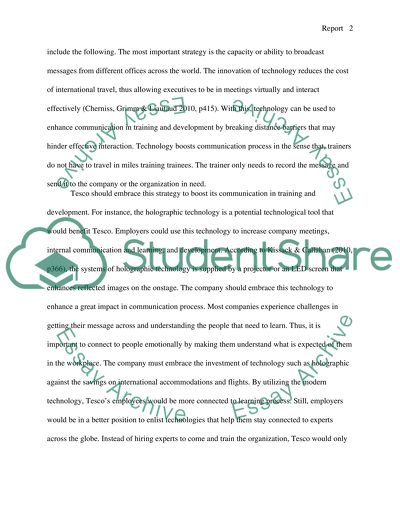Cite this document
(“Human Resources Management Essay Example | Topics and Well Written Essays - 2000 words - 1”, n.d.)
Human Resources Management Essay Example | Topics and Well Written Essays - 2000 words - 1. Retrieved from https://studentshare.org/human-resources/1484031-human-resources-management
Human Resources Management Essay Example | Topics and Well Written Essays - 2000 words - 1. Retrieved from https://studentshare.org/human-resources/1484031-human-resources-management
(Human Resources Management Essay Example | Topics and Well Written Essays - 2000 Words - 1)
Human Resources Management Essay Example | Topics and Well Written Essays - 2000 Words - 1. https://studentshare.org/human-resources/1484031-human-resources-management.
Human Resources Management Essay Example | Topics and Well Written Essays - 2000 Words - 1. https://studentshare.org/human-resources/1484031-human-resources-management.
“Human Resources Management Essay Example | Topics and Well Written Essays - 2000 Words - 1”, n.d. https://studentshare.org/human-resources/1484031-human-resources-management.


